The figure of Vulcan, captured in a dynamic twist as he raises his hammer above the anvil, is identical to a version held at the Metropolitan Museum of Art in New York (inv. 1979.135.18). That bronze is attributed to a Venetian workshop of the late 16th century and shows clear affinities with the corpus of Girolamo Campagna, one of the most prominent sculptors of the period, active notably at San Marco and in several major Venetian commissions.
Opposite Vulcan stands Neptune, embodying the second pillar of Venice’s identity: its maritime empire. Leaning on his trident (now replaced), he evokes the sovereign authority of the Republic over the seas. A comparable cast was presented in 1988 at the Galerie Emden in Paris, and was at the time attributed to Tiziano Aspetti, another key figure of Venetian bronze sculpture. Aside from the Vulcan in the Met, this is the only other known version of this Neptune figure, underscoring the exceptional rarity of this pair.
Set on ebonized turned wood bases, these two figures offer a striking synthesis of Venetian bronze mastery: vigorous, animated modeling, sculptural energy, and a deep, rich patina. With their superb execution, emblematic meaning, and extreme rarity, these bronzes stand as a sculptural tribute to the grandeur of the Serenissima—a powerful testament to Venetian Mannerism, where technical virtuosity meets political allegory.



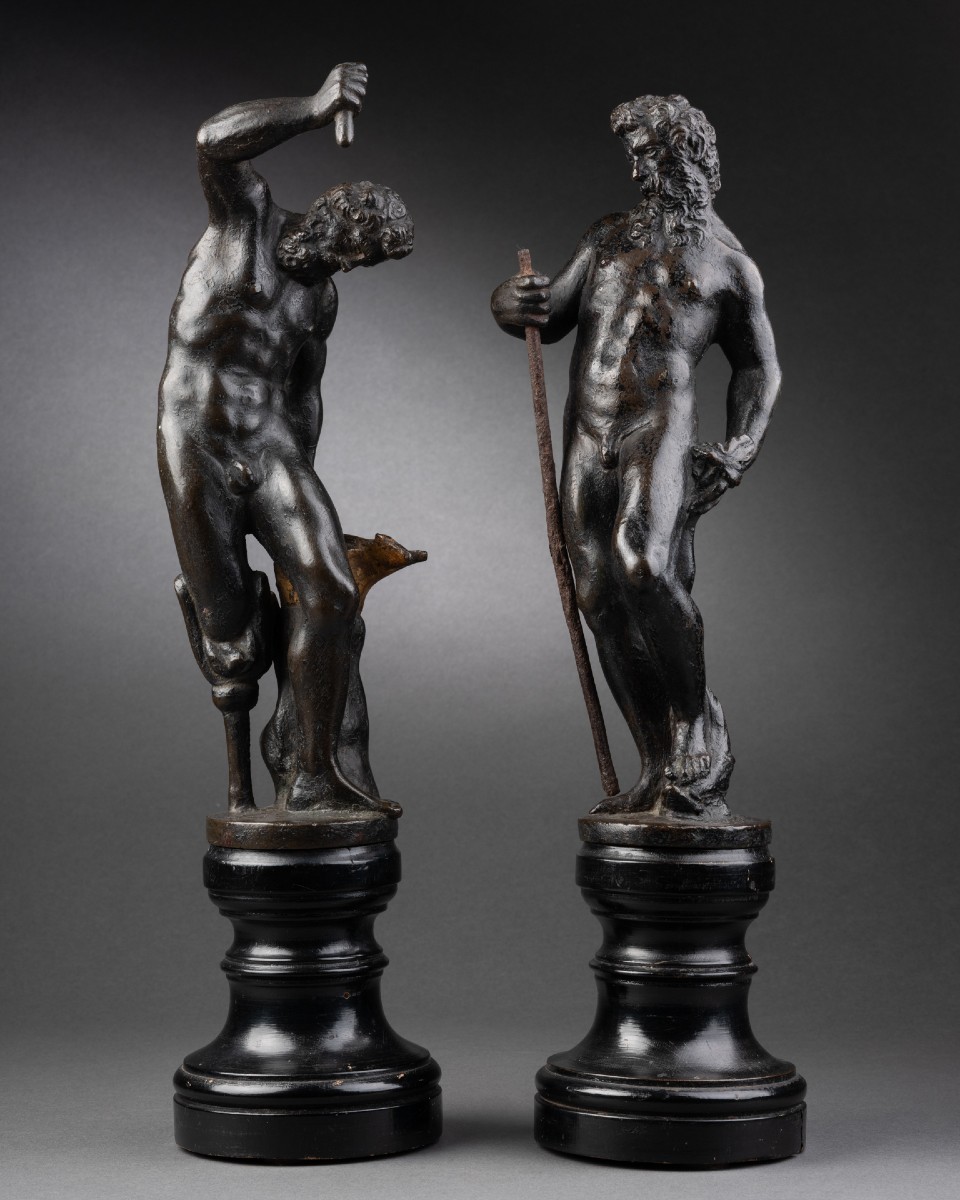

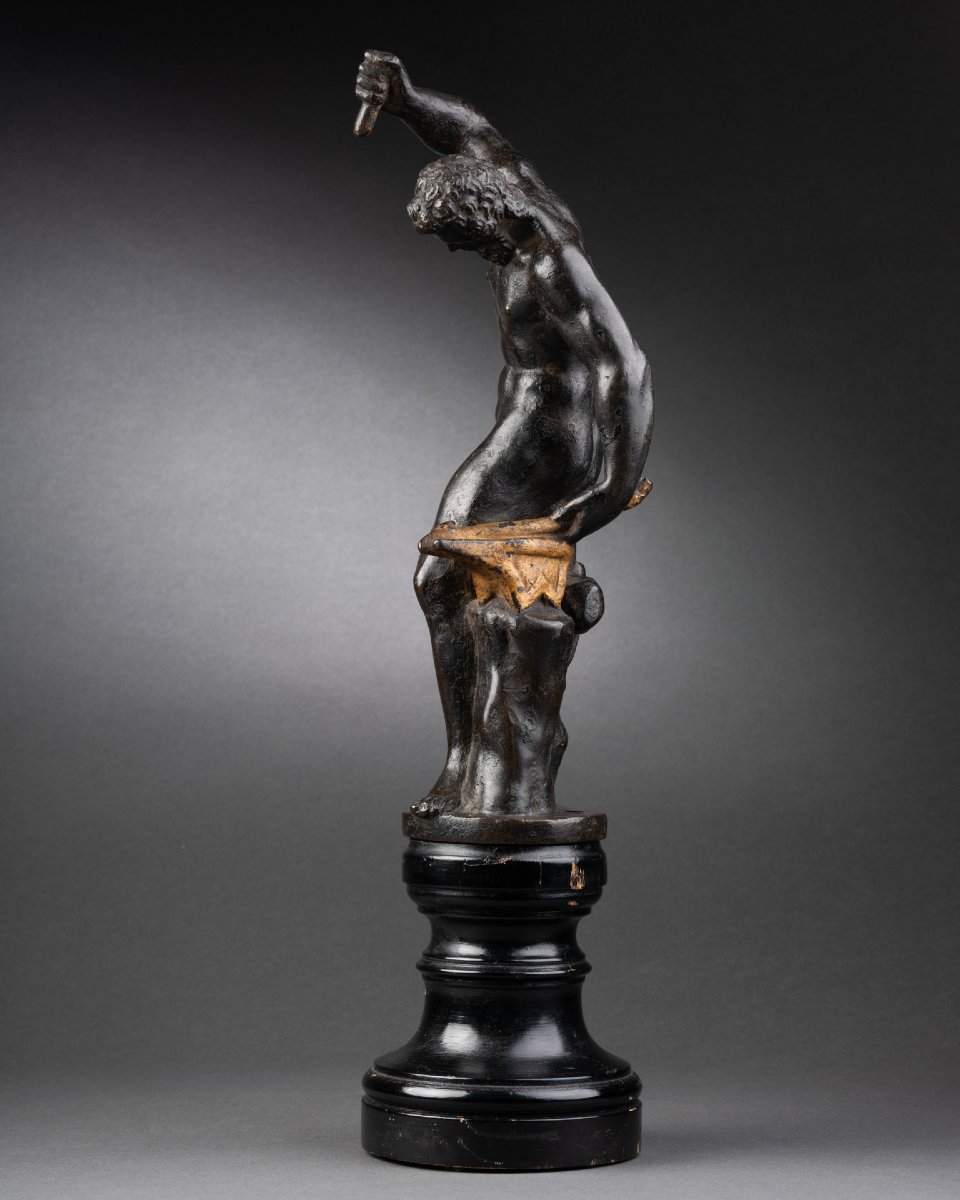
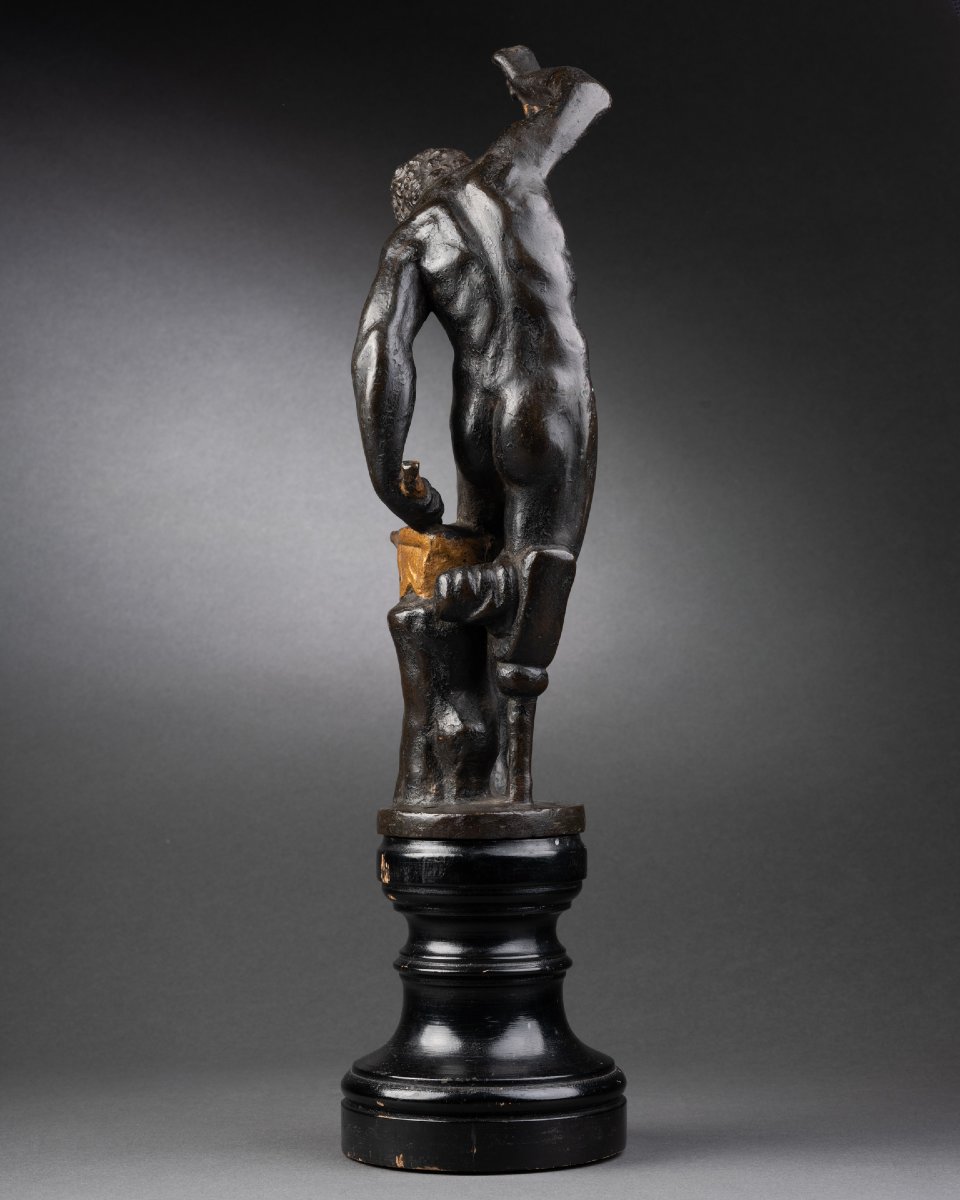



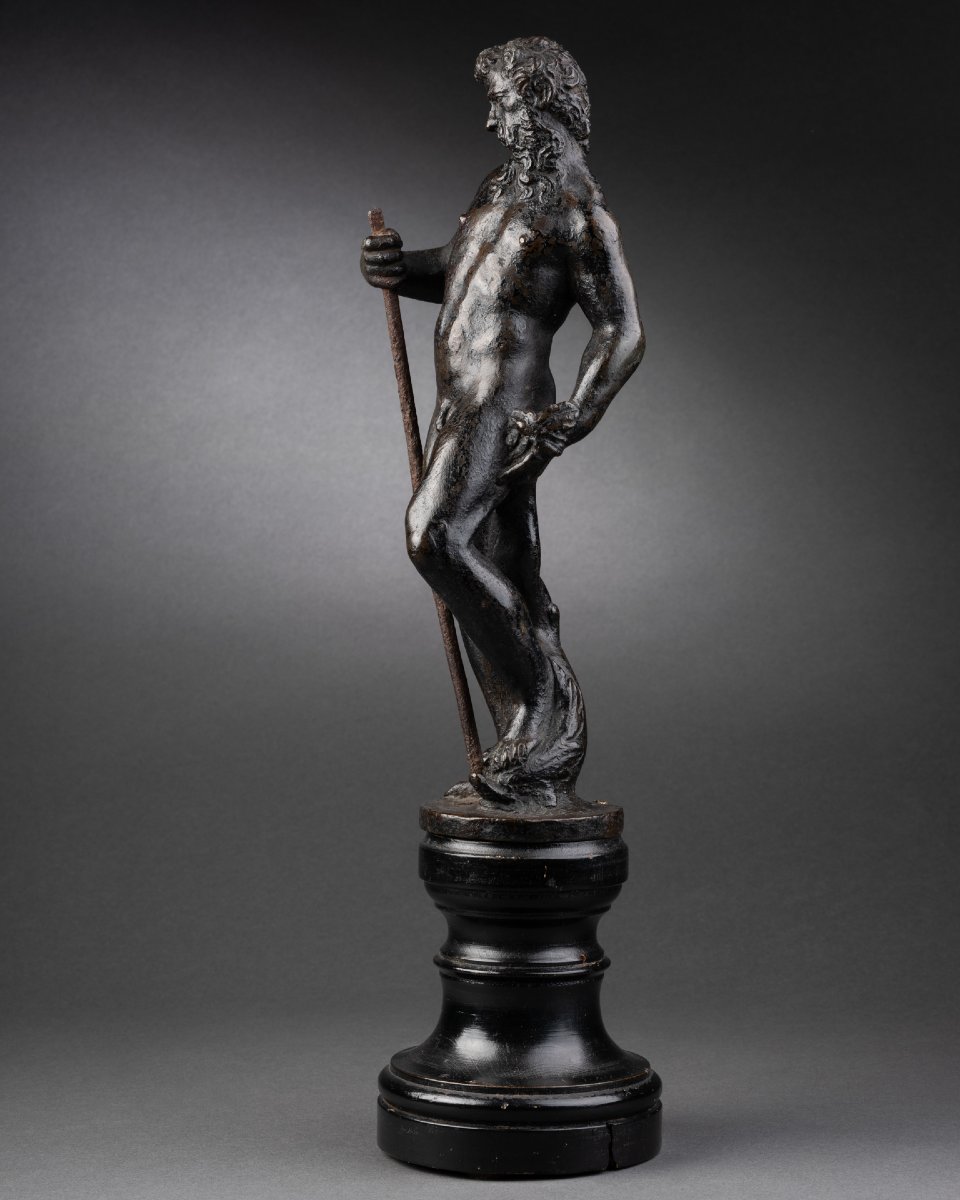
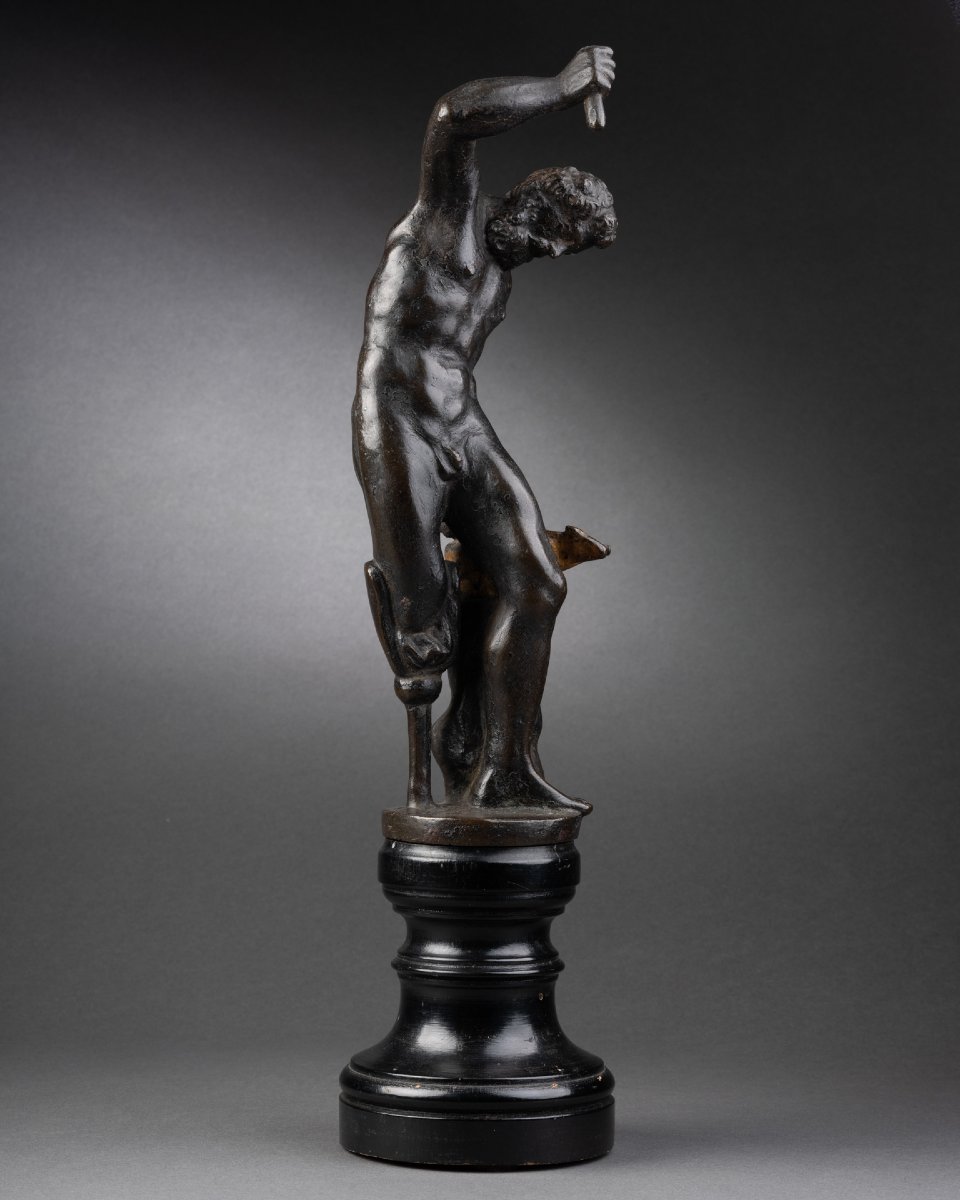
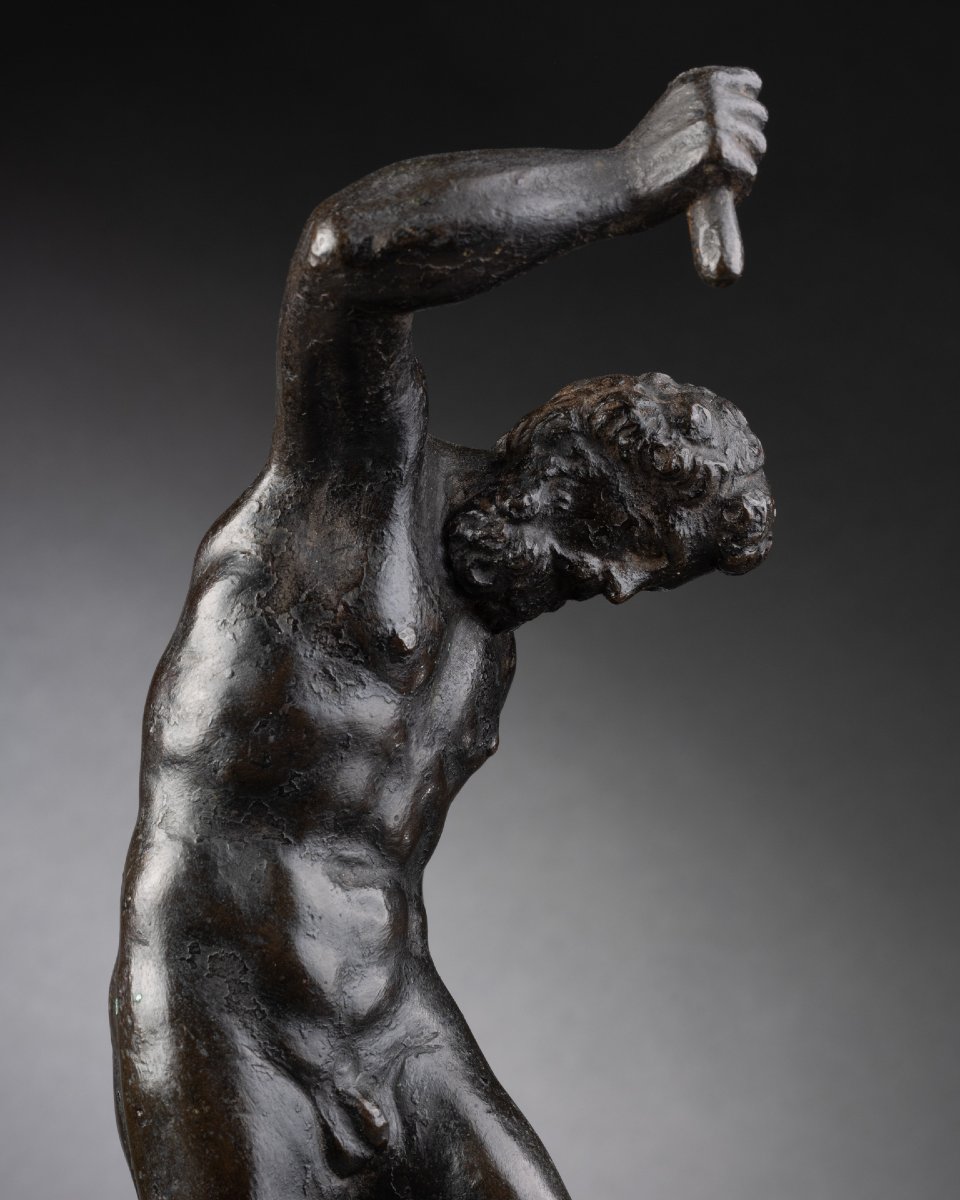
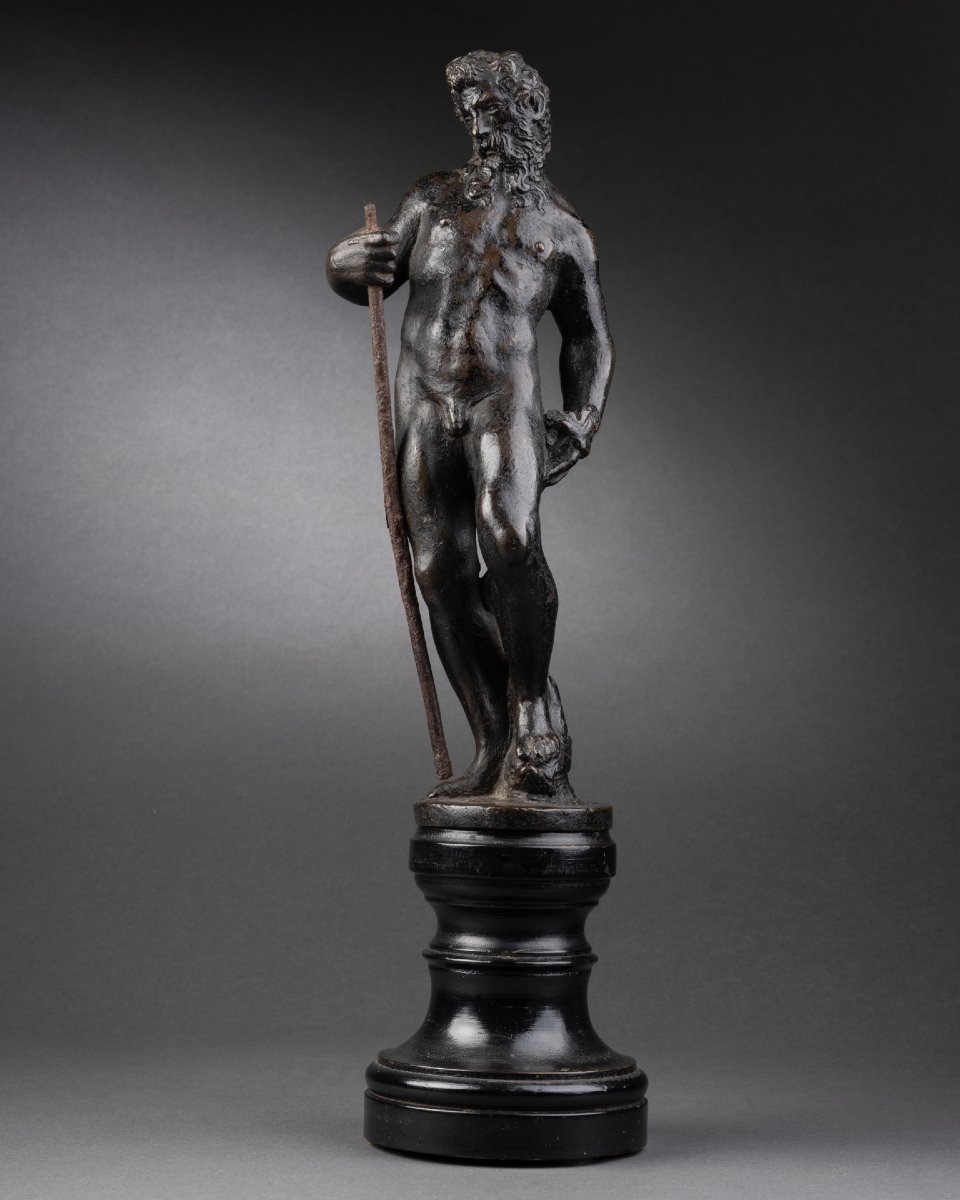
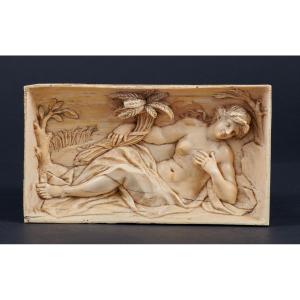






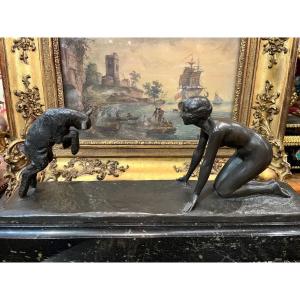
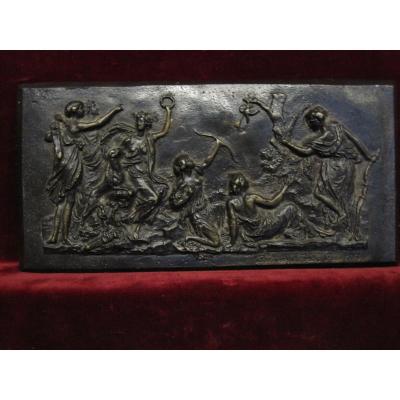







 Le Magazine de PROANTIC
Le Magazine de PROANTIC TRÉSORS Magazine
TRÉSORS Magazine Rivista Artiquariato
Rivista Artiquariato
